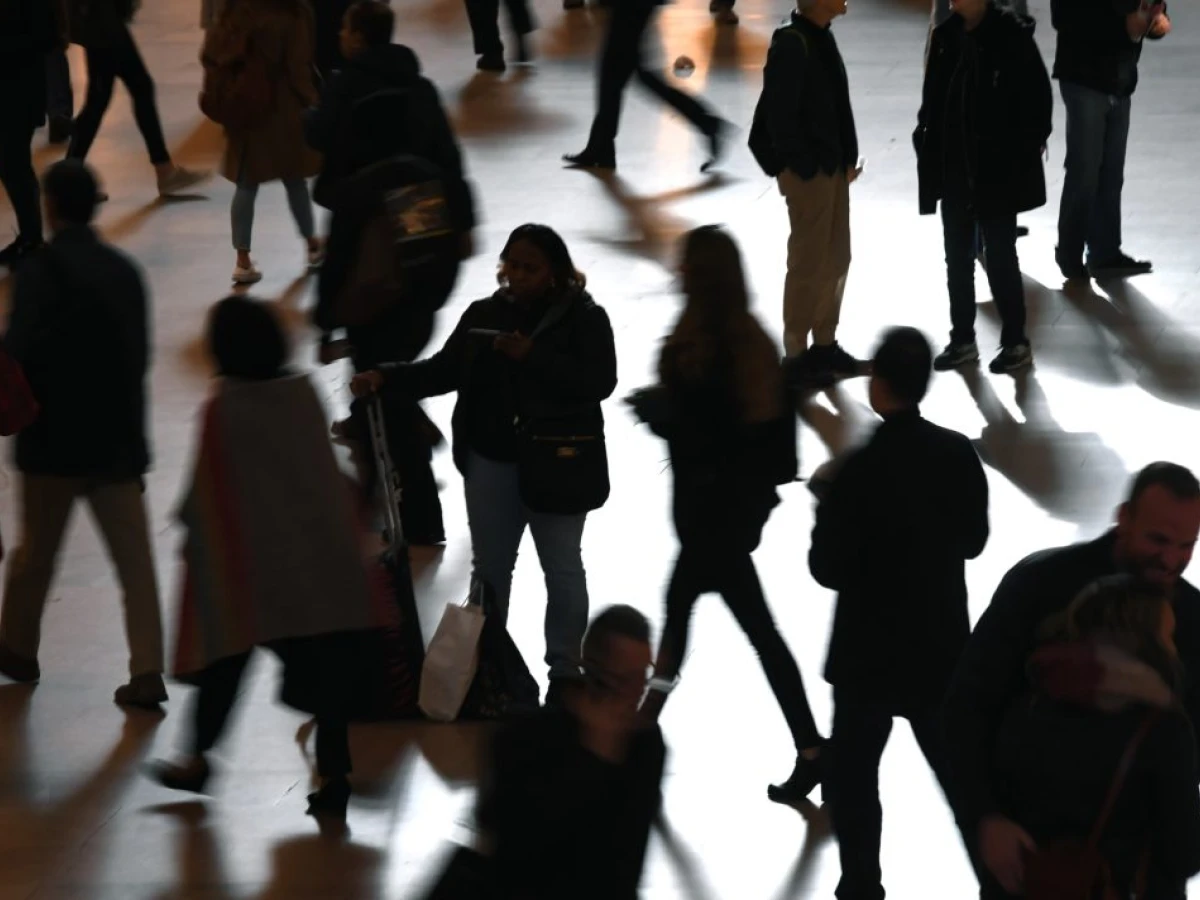
Love Languages; the hype explained
In a country like the Maldives, learning and understanding love languages is one of those things that could serve as an indirect marriage counselling session.
By
Azuhaar Abdul Azeez
The theory of the five love languages was developed by American author and radio talk show host Gary Chapman in 1992. The idea behind the theory is that everyone has different ways of how they like to receive and give love. While these love languages are most often applied to romantic relationships, understanding peoples’ love language can be useful to develop friendships and strengthen bonds between family members.
In the past few years, Google searches for love languages have surged. Searches for “5 love languages list” increased vastly between April 2020 and April 2021, and searches for “love language examples” grew largely in the same time frame. Clearly, people have been putting more effort than ever into understanding their loved ones and maintaining strong connections with the Covid-19 pandemic wave that had imposed physical distancing upon mankind.
The five love languages
-
Words of affirmation: People who speak this love language value verbal acknowledgments of affection, including frequent "I love you's," compliments, words of appreciation, admiration, encouragement, and often frequent digital communication like texting and social media engagement.
-
Physical touch: People who speak this language feel loved when they receive physical signs of affection via the human touch, including holding hands, sitting together on the couch and frequent hugs.
-
Gifts: These people feel loved when they are given "visual symbols of love," as Chapman calls it. It's not about the monetary value but the symbolic thought behind the item.
-
Acts of service: People who speak this love language value when their partner goes out of their way to make their life easier. From care given when ill to taking part in daily household activities, there is no better expression of love for these people if the people who care for them, actually show up for them, and are actively involved.
-
Quality time: These people will feel the most adored when their partner actively wants to spend time with them and is always willing to hang out, having meaningful conversations or sharing recreational activities.
Not everyone communicates love in the same way, and likewise, people have different ways they prefer to receive love. One way to find out would be to take a quiz to figure out which one that you could relate to most.
In a country like the Maldives, known for our loose marriage-and-divorce morals, learning and understanding love languages is one of those things that could serve as an indirect marriage counselling session. Alas, love languages are not merely five, regardless of how popular Chapman’s model is.
Dating application ‘eharmony’ trend report statistics has signalled two new love languages, indicating that our society may have evolved past the standard five love languages Chapman described, yet adding to the popularity the theory has gained.
The two new love languages predicted for 2023 are ‘shared experiences’ and ‘emotional security’.
-
Shared experiences: Whether it’s an adventure, scary, funny, spiritual or relaxing experience, these people create emotional bonds to one another that enrich the experience itself, as well as the relationship with the other.
-
Emotional security: These people want to feel emotionally seen and cared for by their partner. The would want to be with someone who makes them feel safe, secure, and acknowledged.
The internet and modern-day technological advancements have truly made the world small, our lives inconsequential and communication a choice that could be avoided. Mind-numbingly staring at screens as social media posts are scrolled on endlessly, people forget that humans are social creatures, made to thrive in groups.
To eat bread for breakfast, the older human from the lovely early industrial age would understand the process, the time and the due diligence it would require. The modern-day human, however, receive all basic needs, wants and gratification, remorse, adventure, all from their screens.
The way everything has a bright side to it, the pandemic has hyped up Chapman’s love languages and it has indeed shown to be helpful in improving communications with loved ones.




